What if you could anticipate why customers leave or pinpoint exactly what keeps them returning? That’s the strength of customer experience analytics. Nowadays, businesses depend on this to gain actionable insights into customer behavior and enhance their overall customer journey.
For SaaS companies, e-commerce platforms, and contact centers, analyzing user interactions and collecting customer feedback has become essential. It’s crucial for improving customer satisfaction and driving revenue growth. With tools like net promoter score (NPS) and customer effort score (CES), companies can assess customer loyalty and discover strategies to minimize customer churn.
In this guide, we’ll delve into how to utilize CX analytics to gather and analyze customer data, monitor metrics such as customer satisfaction scores, and pinpoint pain points in your digital channels and mobile applications. Whether your goal is to boost repeat customers, improve customer engagement, or make data-driven decisions, this comprehensive guide will provide the insights you need.
What is Customer Experience Analytics?
Customer experience analytics (CX analytics) is the practice of gathering, analyzing, and utilizing customer data to gain insights into how users engage with your business across different touchpoints. This encompasses interactions on websites and mobile apps, digital platforms, and even direct communications with your customer service team.
By examining user behavior throughout the customer journey, businesses can uncover important insights into what enhances customer satisfaction, fosters loyalty, and minimizes churn. Unlike traditional customer analytics, which often centers on sales or marketing metrics, CX analytics focuses on customer interactions to assess brand perception and identify areas for improvement.
Why Is Customer Experience Analytics Important?
Companies that leverage CX data can significantly enhance their business outcomes. Here’s why:
- Enhance Customer Satisfaction: Metrics such as net promoter score (NPS) and customer effort score (CES) offer a clear understanding of customer sentiments regarding their experiences, enabling businesses to effectively meet their needs.
- Identify Patterns and Pain Points: Analyzing customer feedback allows you to pinpoint friction points that hinder the customer journey and address them proactively to safeguard customer retention.
- Drive Data-Driven Decisions: With a holistic view of customer interactions, businesses can make informed decisions about enhancements to digital channels, mobile applications, or customer service strategies.
- Boost Revenue Growth: Happy customers are more inclined to become repeat buyers, which can lead to increased loyalty and attract new customers through positive word-of-mouth.
Examples of CX Analytics in Action:
- A SaaS company leverages predictive analytics to monitor user behavior and estimate customer lifetime value.
- An e-commerce business examines purchase history to tailor the shopping experience and promote customer loyalty.
- A contact center team assesses direct feedback to gauge the effort customers invest in resolving their issues.
Key Benefits of Customer Experience Analytics
Understanding customer experience analytics solutions is just the beginning. The true value comes from how it can enhance your business. Here are some of the most significant benefits:
1. Boost Customer Retention
By analyzing customer feedback and user interactions across various touchpoints, you can identify what keeps your customers engaged. Addressing pain points and minimizing customer churn leads to longer-lasting relationships, transforming customers into loyal advocates. For example, tracking net promoter score (NPS) helps gauge how likely customers are to recommend your business, which is crucial for retention.
2. Enhance Personalization
With insights into user behavior and purchase history, businesses can create experiences that resonate with their target audience. This not only increases customer satisfaction but also strengthens engagement. For instance, e-commerce platforms can suggest products based on past purchases or browsing habits, ensuring a smooth and enjoyable shopping experience.
3. Drive Strategic Decisions with Actionable Data
Every interaction offers valuable insights. Whether you’re examining CES scores from contact centers or monitoring user interactions on mobile apps, CX analytics empowers you to make informed, data-driven decisions. These choices can lead to better business outcomes, such as revenue growth and enhanced customer lifetime value.
4. Improve Customer Loyalty
Satisfied customers turn into your strongest advocates. Metrics like customer satisfaction scores and net promoter scores are crucial for gauging customer loyalty. By analyzing these figures, you can proactively tackle issues that might undermine their trust in your brand.
5. Identify Friction Points Across the Customer Journey
From web and mobile applications to various digital channels, monitoring customer experience metrics helps you pinpoint friction points that can cause frustration. Eliminating these barriers improves the overall customer journey, making interactions with your brand easier for customers.
These advantages highlight the importance of customer experience analysis as a transformative tool for businesses aiming to build enduring relationships with their customers.
Data Sources for Customer Experience Analytics
To effectively leverage customer experience analytics, having the right data is essential. But where does this data originate? Nowadays, businesses utilize various channels and tools to gather customer data and analyze the complete customer journey. Here’s a breakdown of the most valuable sources:
1. Website Interaction Data
Monitoring how users engage with your website offers valuable insights into their behavior. Important metrics to consider include:
- Time spent on pages
- Click-through rates
- Bounce rates
This information helps identify areas of friction and allows for optimization of your site to enhance customer engagement.
2. Customer Surveys
Surveys provide a wealth of customer feedback. Common types include:
- Net Promoter Score (NPS): Assesses customer loyalty.
- Customer Effort Score (CES): Measures the effort required to complete a task.
- Customer Satisfaction Score (CSAT): Indicates customer satisfaction with specific interactions.
By gathering customer feedback through surveys, businesses can identify improvement areas and boost customer satisfaction.
3. Social Media and Online Reviews
Platforms such as Twitter, Instagram, and various review sites provide direct insights into what customers think. By using sentiment analysis tools to examine this feedback, you can identify pain points and monitor customer sentiment over time.
4. Support Tickets and Chat Logs
Your contact center team deals with a significant amount of data every day. By reviewing chat logs and ticket histories, you can uncover common issues and identify where customers face the most challenges. This information allows you to enhance support workflows and improve the overall customer experience.
5. Mobile Applications
For businesses that have mobile apps, analyzing user interactions is essential. Metrics like how often the app is used, where users drop off, and which features are most engaged with offer valuable insights into user navigation. This data is key to refining the app experience, ensuring customers receive the best value.
6. Purchase History
For e-commerce businesses, monitoring purchase history reveals important information about buying behaviors. This data can be leveraged to personalize recommendations, encourage repeat purchases, and boost customer lifetime value.
7. Direct Feedback from Customers
Sometimes, the simplest approach is the most effective. Gathering direct feedback—through post-interaction surveys or follow-up emails—provides clear insights into how customers view their experiences.
8. Multi-Channel Touchpoints
Customers engage with brands through various channels, including email, social media, and phone support. Collecting data from these touchpoints offers a comprehensive perspective on the customer journey, facilitating better analysis and decision-making.
Why These Data Sources Matter
By utilizing all these data points, businesses can gain a more precise understanding of customer behavior and customize strategies to enhance customer satisfaction and loyalty. It’s about connecting the dots and ensuring that no aspect of customer experience data is overlooked.
Tools and Software for Customer Experience Analytics
Selecting the right tools is essential for effectively implementing customer experience analytics solutions. These tools enable businesses to gather customer data, analyze interactions, and derive actionable insights to enhance the overall customer journey. Here are some top choices:
1. Google Analytics
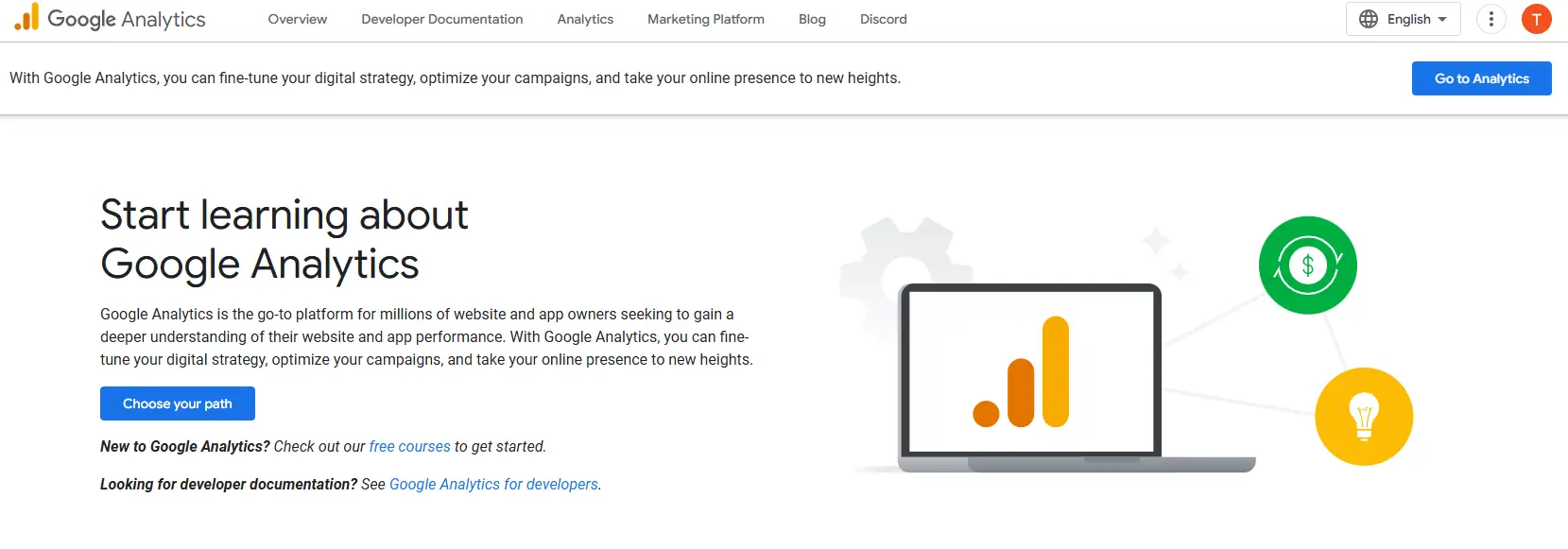
- Purpose: Monitors website and user behavior.
- Key Features:
- Tracks site traffic and user pathways.
- Identifies points where users drop off.
- Offers insights into digital channels such as search and social media.
- Best For: Businesses aiming to enhance their websites or e-commerce platforms.
2. HubSpot
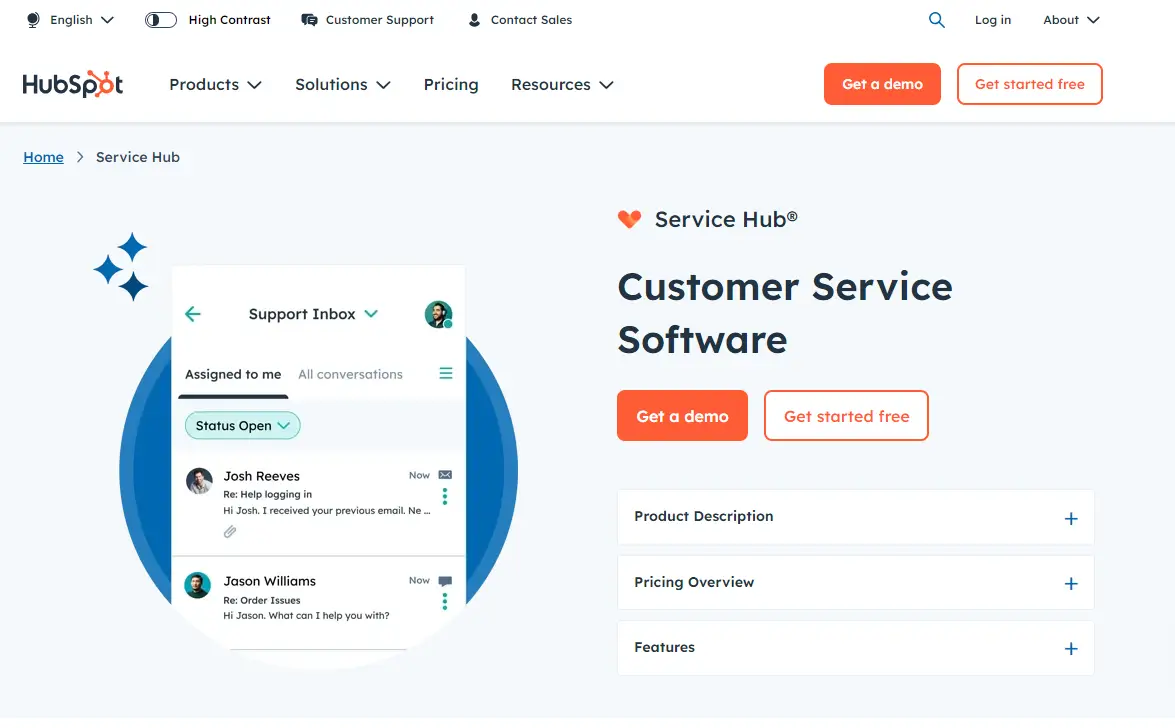
- Purpose: A CRM tool designed to improve customer engagement through personalized interactions.
- Key Features:
- Monitors customer interactions across various channels.
- Automates email follow-ups based on user behavior.
- Delivers detailed analytics for contact center teams.
- Best For: SaaS companies and small to medium-sized enterprises looking to expand their customer base.
3. Zendesk
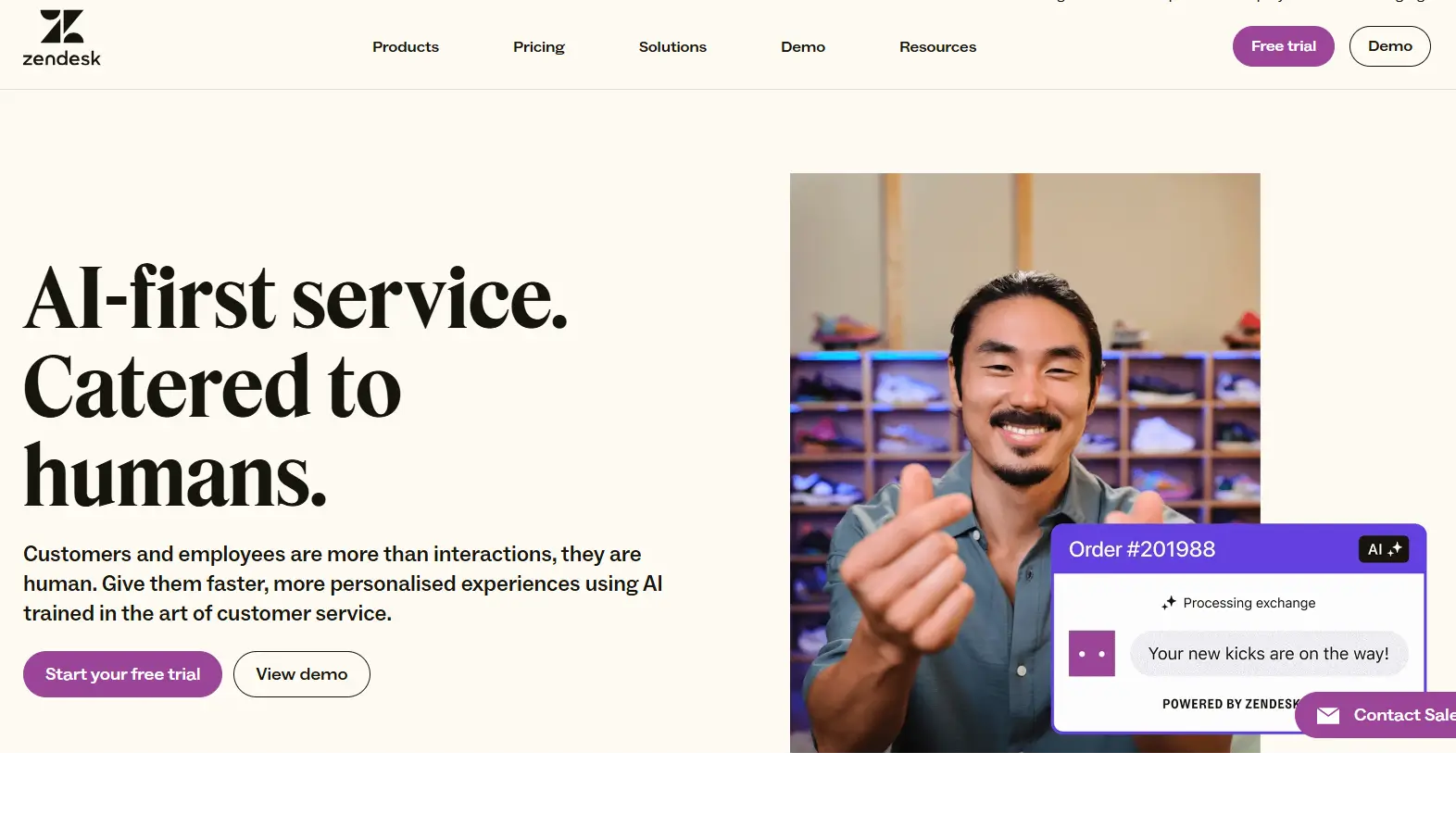
- Purpose: Tailored for contact centers to enhance support operations.
- Key Features:
- Tracks tickets and chat histories.
- Measures customer satisfaction scores.
- Identifies common pain points from direct feedback.
- Best For: Customer service teams handling a high volume of support requests.
4. Qualtrics
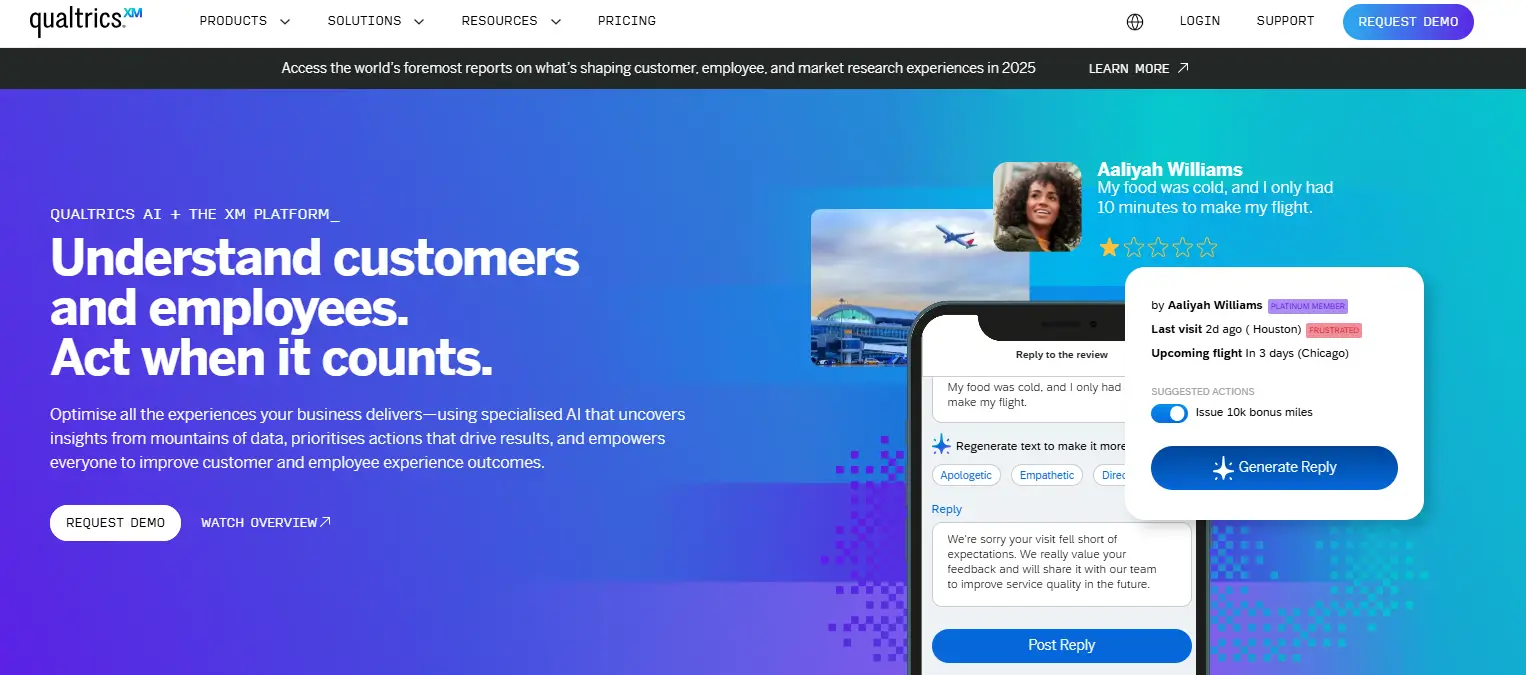
- Purpose: A comprehensive platform for gathering customer feedback via surveys.
- Key Features:
- Collects data for net promoter scores (NPS), customer effort scores (CES), and customer satisfaction (CSAT).
- Facilitates in-depth sentiment analysis.
- Aids in pinpointing friction points in the customer journey.
- Best For: Businesses aiming to boost customer satisfaction and loyalty.
5. Tableau
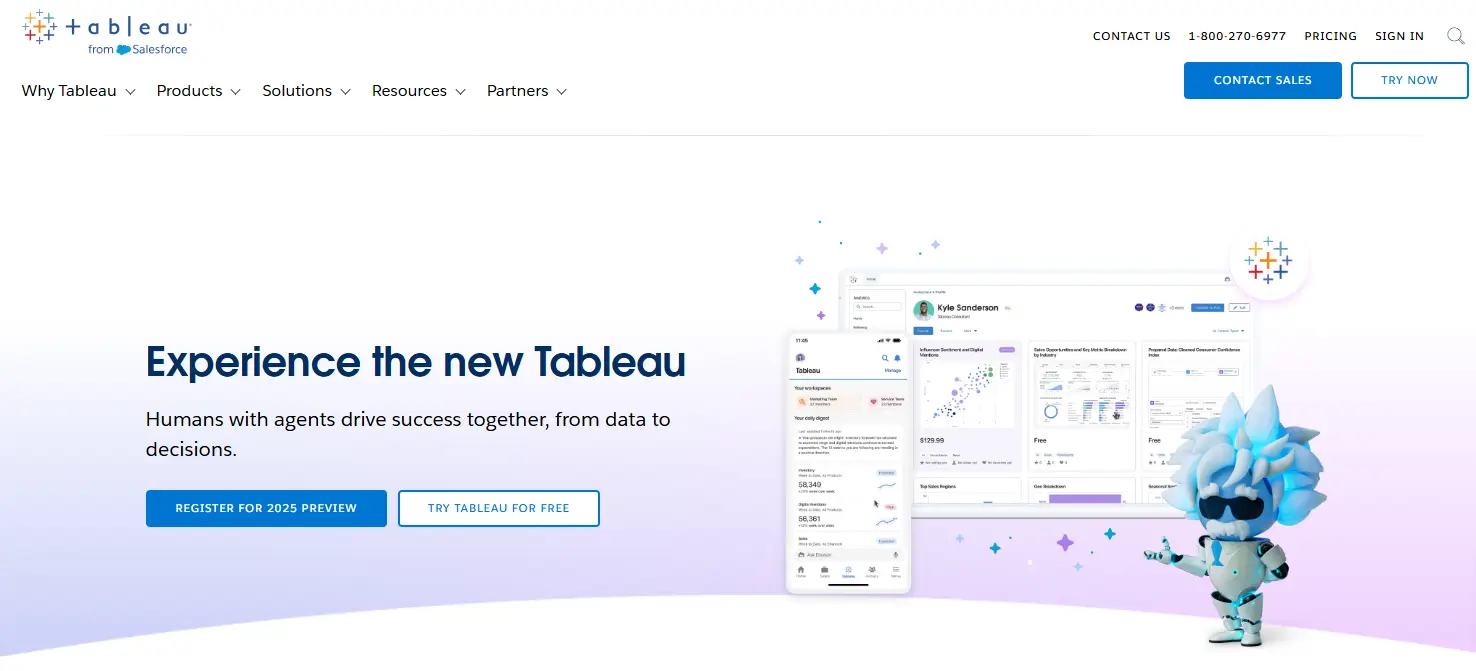
- Purpose: Visualizes customer experience data for in-depth analysis.
- Key Features:
- Develops dashboards to monitor key performance indicators (KPIs).
- Empowers contact center teams to track performance in real-time.
- Assists e-commerce companies in recognizing trends in purchase history.
- Best For: Teams requiring tailored data visualization for informed decision-making.
6. Salesforce
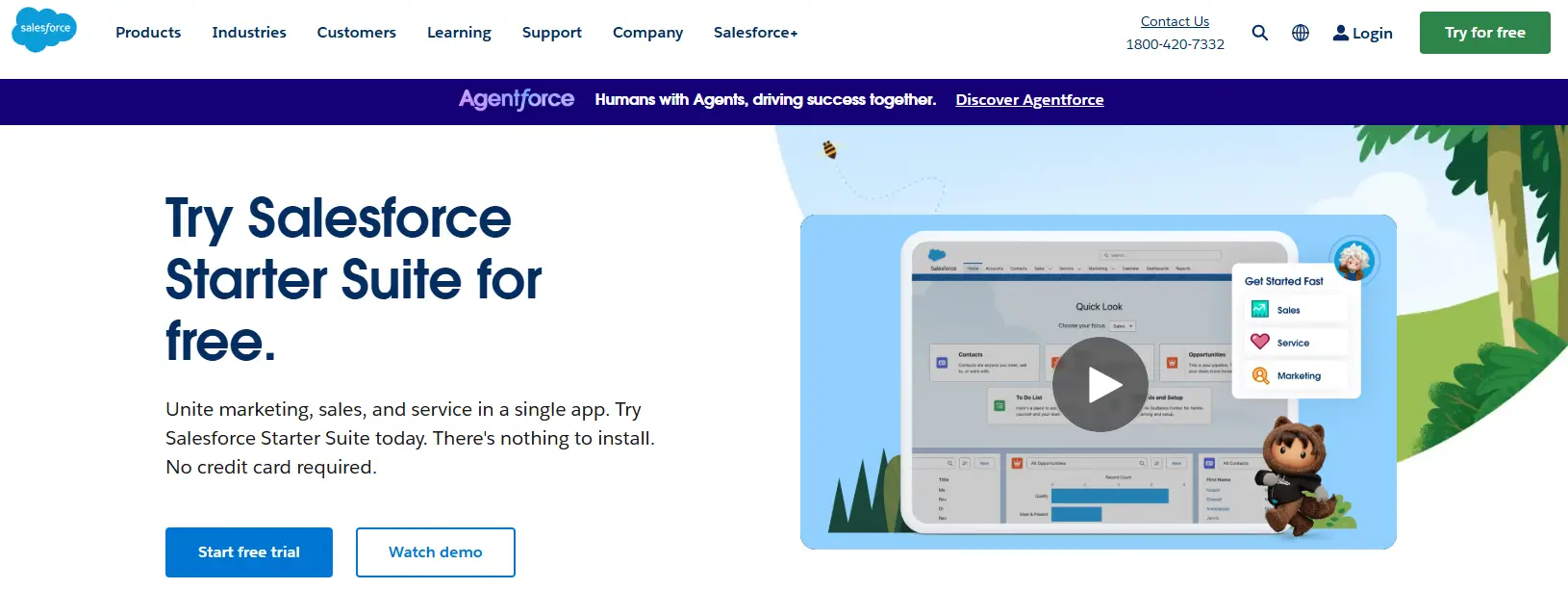
- Purpose: Merges CRM with advanced analytics to give a detailed view of customer interactions.
- Key Features:
- Monitors the complete customer journey.
- Analyzes data from sales, support, and marketing.
- Connects with other platforms to enhance machine learning capabilities.
- Best For: Larger organizations with intricate customer ecosystems.
7. Kissmetrics

- Purpose: Concentrates on user interactions to boost conversions and enhance customer retention.
- Key Features:
- Tracks engagement at both individual and group levels.
- Identifies repeat customers and highlights trends in user behavior.
- Offers tools for behavior-driven campaigns.
- Best For: SaaS businesses and e-commerce platforms.
8. Hotjar
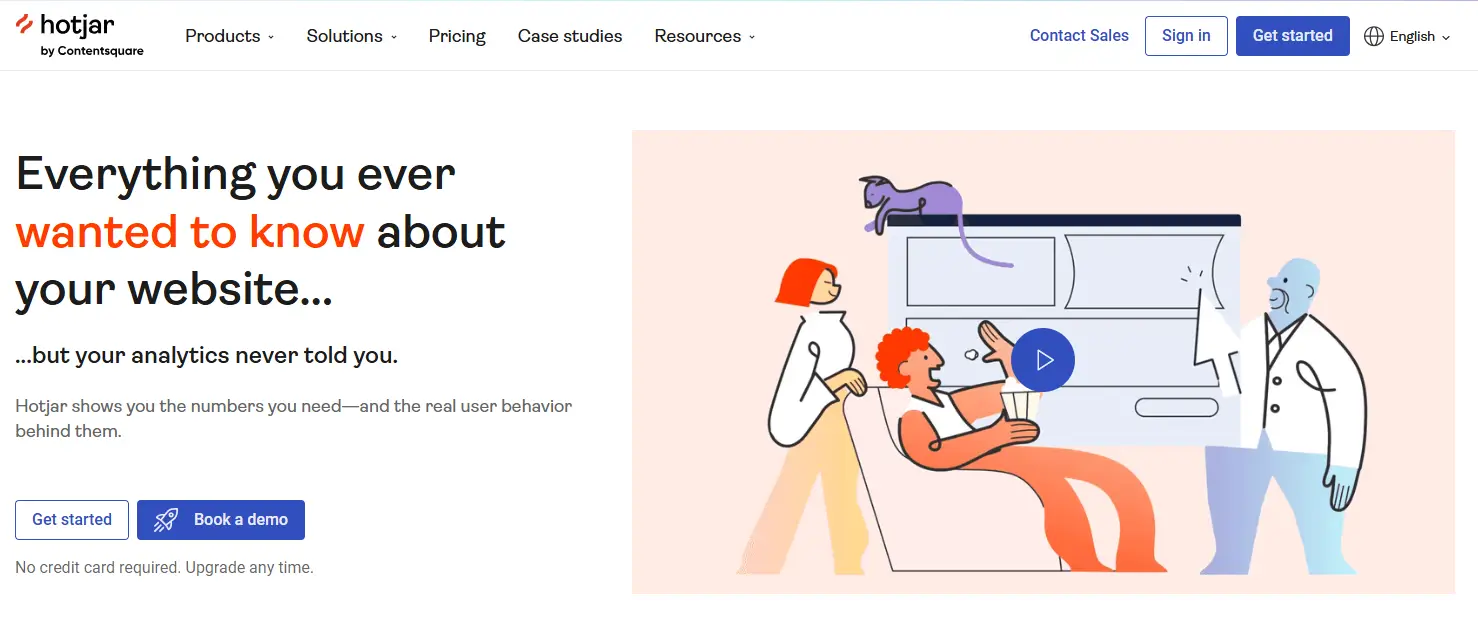
- Purpose: Monitors user interactions on websites and apps to analyze customer experience.
- Key Features:
- Heatmaps to pinpoint areas of high engagement.
- Session recordings to gain insights into user interactions on specific pages.
- Feedback tools for collecting direct user feedback.
- Best For: Businesses looking to enhance their web and mobile applications.
How to Choose the Right Tool
Think about your business size, target audience, and the types of customer data you manage. A SaaS company might prioritize tools for predictive analytics, while an e-commerce business may focus on personalization and maximizing customer lifetime value.
How to Implement Customer Experience Analytics
Implementing customer experience analytics solutions can be straightforward with the right approach. By following a structured plan, businesses can effectively utilize CX data to derive actionable insights and enhance customer satisfaction. Here’s a step-by-step guide:
1. Define Clear Objectives
Before you start analyzing data, clarify your goals. For instance:
- Are you looking to decrease customer churn?
- Do you want to boost customer lifetime value or strengthen customer loyalty?
Having specific objectives will steer the entire process and ensure your efforts align with your business goals.
2. Collect and Aggregate Customer Data
Gather information from various customer interactions, including:
- Web and mobile applications: Monitor user behavior and navigation patterns.
- Surveys: Utilize tools like NPS, CES, and CSAT to collect customer opinions.
- Contact centers: Review ticket histories and chat logs to identify recurring issues.
- Digital channels: Track email campaigns, social media interactions, and advertisements.
Bring all this data together in a central system for easier analysis.
3. Choose the Right Tools
Pick analytics tools that suit your business requirements.
- For predictive insights: Consider tools like Tableau or Salesforce.
- For gathering customer feedback: Look into Qualtrics or Zendesk.
- For visualizing customer journey data: Use Google Analytics or Hotjar.
Make sure your tools integrate smoothly with your existing systems for efficient data analysis.
4. Analyze the Data for Actionable Insights
After collecting your data, apply CX analytics techniques such as:
- Customer journey mapping to identify friction points.
- Sentiment analysis to understand customer emotions.
- Predictive analytics to spot at-risk customers and potential upsell opportunities.
Look for trends, patterns, and outliers that can provide valuable insights into user behavior.
5. Take Action on the Insights
Insights are only useful if they lead to action. For example:
- If your NPS scores are low, reach out to detractors to address their concerns.
- If a bottleneck is found in your mobile apps, prioritize fixing it to enhance the customer experience.
- Implement personalization strategies to retain existing customers and attract new ones.
6. Monitor and Refine
CX analytics is not a one-time effort. Continuously track your customer experience metrics and adjust your strategies based on what is effective and what isn’t. Regularly review:
- Net promoter score (NPS)
- Customer effort score (CES)
- Customer churn rates
- Engagement across digital channels
This ongoing approach ensures you are consistently improving the entire customer journey.
Key Tips for Success
- Involve All Teams: Work together with marketing, support, and sales teams to gather a variety of perspectives on customer interactions.
- Focus on the Customer: Always prioritize solutions that directly enhance customer satisfaction and loyalty.
- Leverage Automation: Utilize AI and machine learning for quicker and more precise data analysis.
Common Challenges and How to Overcome Them
Implementing customer experience analytics solutions presents various challenges. Understanding these hurdles—and how to address them—can enable businesses to fully leverage their CX data.
1. Siloed Data Across Departments
Data frequently becomes isolated within different systems across various teams, such as marketing, sales, and support. This separation hinders businesses from obtaining a holistic view of the entire customer journey.
Solution:
- Invest in a centralized CRM or data aggregation platform like Salesforce or HubSpot.
- Regularly integrate and synchronize data from multiple touchpoints.
- Encourage collaboration between teams to ensure seamless data analysis.
2. Lack of Analytical Skills
Many teams find it challenging to analyze and interpret customer experience (CX) data effectively, resulting in missed opportunities for actionable insights.
Solution:
- Provide training sessions on predictive analytics and tools like Tableau or Qualtrics.
- Hire or consult with CX analytics experts to guide implementation and decision-making.
- Utilize tools with user-friendly dashboards for teams lacking technical expertise.
3. Integration Issues with Tools
Not all analytics tools integrate smoothly with existing systems, leading to inefficiencies and incomplete customer insights.
Solution:
- Before investing in a tool, ensure compatibility with current systems (e.g., CRM, support software).
- Choose platforms with robust APIs that allow for customization and flexibility.
- Collaborate with IT teams to address integration challenges.
4. Inconsistent or Incomplete Data
When data is missing or inconsistent, it can distort results, making it challenging to draw accurate conclusions about user behavior or customer satisfaction.
Solution:
- Standardize data collection methods across all customer touchpoints.
- Regularly clean and audit data to eliminate errors or redundancies.
- Utilize automation tools to ensure consistent data entry and tracking.
5. Resistance to Change
Teams might be hesitant to adopt new tools or processes, which can hinder the implementation of experience analytics.
Solution:
- Emphasize the advantages of data-driven decisions, such as enhanced customer satisfaction and increased revenue.
- Begin with small pilot projects to showcase success before expanding.
- Engage team members in the selection and implementation of tools to foster greater buy-in.
FAQs About Customer Experience Analytics
Here are answers to some common questions businesses have about customer experience analytics:
1. What is the difference between customer analytics and customer experience analytics?
Customer analytics is centered on customer data related to marketing, sales, and purchasing behavior, helping businesses understand who their customers are and what they buy. In contrast, customer experience analytics (CX analytics) goes further by examining customer interactions throughout the entire journey, focusing on how customers feel and engage with the brand at every stage.
2. How often should businesses analyze customer experience data?
CX data should be analyzed on an ongoing basis. Regular analysis enables businesses to quickly respond to trends, pinpoint friction points, and enhance customer satisfaction scores. For metrics like net promoter score (NPS) or customer effort score (CES), it’s best to review results monthly or after major campaigns.
3. What tools are best for small businesses starting with CX analytics?
Small businesses typically benefit from user-friendly and affordable tools, such as:
Google Analytics for monitoring website and app usage.
HubSpot for integrating CRM with basic analytics.
Zendesk for evaluating support tickets and chat logs.
These tools provide a solid foundation for collecting customer feedback and enhancing customer interactions.
4. How can CX analytics help reduce customer churn?
By examining user interactions and direct feedback, CX analytics can pinpoint pain points in the customer journey. Predictive models can identify at-risk customers based on decreasing engagement or negative feedback, enabling businesses to take proactive measures to retain them.
Conclusion
Customer experience analytics turns customer data into practical insights, enabling businesses to enhance the entire customer journey, minimize churn, and boost satisfaction. By examining customer interactions across various touchpoints—like mobile apps, digital platforms, and contact centers—companies can pinpoint issues, foster loyalty, and stimulate revenue growth.
Utilizing tools such as net promoter score (NPS), customer effort score (CES), and predictive analytics, businesses can monitor satisfaction levels, gain insights into user behavior, and make informed decisions based on data. Whether you’re in e-commerce, running a SaaS business, or managing a contact center, CX analytics is essential for transforming customers into loyal advocates while improving overall business performance.


